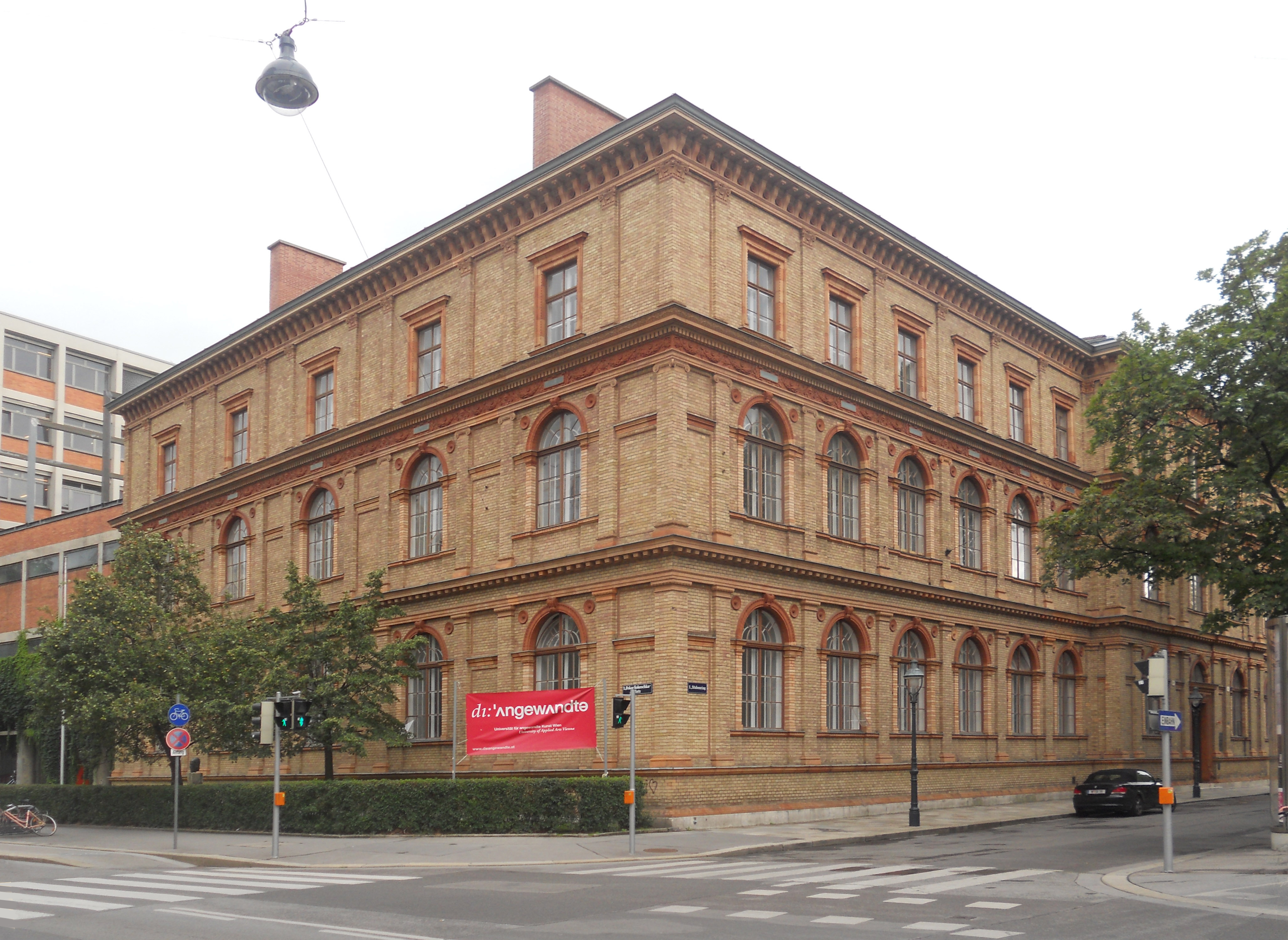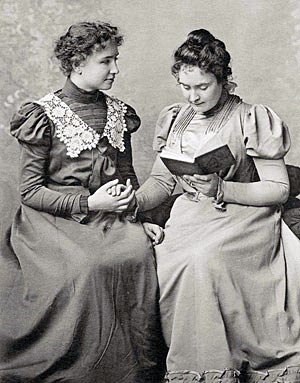|
Gustav August Munzer
Gustav August Munzer (9 January 1887, Föritztal, Oerlsdorf – 23 August 1973) was a German architect. One of his works was the Laboe Naval Memorial near Kiel. Early life Munzer grew up on a farm near Föritz in Saxe-Meiningen (now southern Thuringia). He received his basic education in the small settlement of Mupperg, and later became a bricklayer, working on several construction sites in the area. After becoming a trained Stonemasonry, stonecutter he visited the Baugewerbeschule in Coburg from 1904 till 1907. He worked for the architect Willrath in Flensburg in 1907 and 1908, and then for the architect Thaysen in Tondern. In 1910, he started studying at the Kunstgewerbeschule (school of arts and crafts) in Düsseldorf, where Wilhelm Kreis was professor at that time. Having graduated in 1913, Munzer planned several buildings in Düsseldorf, and during the First World War he also did planning for industry buildings. In 1915 he married. In the 1920s he also worked in the Nether ... [...More Info...] [...Related Items...] OR: [Wikipedia] [Google] [Baidu] |
Föritz
Föritz is a village and a former municipality on the small Föritz river, which flows into the Steinach) in the Sonneberg district of Thuringia, Germany. It was merged into the new municipality Föritztal together with Judenbach and Neuhaus-Schierschnitz on 6 July 2018. Statistisches Bundesamt
The Federal Statistical Office (, shortened ''Destatis'') is a federal authority of Germany. It reports to the Federal Ministry of the Interior.
The Office is responsible for collecting, processing, presenting and analysing statistical informati ...
[...More Info...] [...Related Items...] OR: [Wikipedia] [Google] [Baidu] |
Kunstgewerbeschule
A Kunstgewerbeschule (English: ''School of Arts and Crafts'' or S''chool of Applied Arts'') was a type of vocational arts school that existed in German-speaking countries from the mid-19th century. The term Werkkunstschule was also used for these schools. From the 1920s and after World War II, most of them either merged into universities or closed, although some continued until the 1970s. Students generally started at these schools from the ages of 16 to 20 years old, although sometimes as young as 14, and undertook a four-year course, in which they were given a general education and also learnt specific arts and craft skills such as weaving, metalwork, painting, sculpting, etc. Some of the most well known artists of the period had been Kunstgewerbeschule students, including Anni Albers, Peter Behrens, René Burri, Otto Dix, Karl Duldig, Horst P. Horst, Gustav Klimt, Oskar Kokoschka, Egon Schiele and Oskar Schlemmer. Many students accepted into the renowned Bauhaus art ... [...More Info...] [...Related Items...] OR: [Wikipedia] [Google] [Baidu] |
People From Saxe-Meiningen
The term "the people" refers to the public or common mass of people of a polity. As such it is a concept of human rights law, international law as well as constitutional law, particularly used for claims of popular sovereignty. In contrast, a people is any plurality of persons considered as a whole. Used in politics and law, the term "a people" refers to the collective or community of an ethnic group or nation. Concepts Legal Chapter One, Article One of the Charter of the United Nations states that "peoples" have the right to self-determination. Though the mere status as peoples and the right to self-determination, as for example in the case of Indigenous peoples (''peoples'', as in all groups of indigenous people, not merely all indigenous persons as in ''indigenous people''), does not automatically provide for independent sovereignty and therefore secession. Indeed, judge Ivor Jennings identified the inherent problems in the right of "peoples" to self-determination, as i ... [...More Info...] [...Related Items...] OR: [Wikipedia] [Google] [Baidu] |
1973 Deaths
Events January * January 1 – The United Kingdom, the Republic of Ireland and Denmark 1973 enlargement of the European Communities, enter the European Economic Community, which later becomes the European Union. * January 14 - The 16-0 1972 Miami Dolphins season, Miami Dolphins defeated the 1972 Washington Redskins season, Washington Redskins in Super Bowl VII, with the Dolphins ending the season a perfect 17-0. This marked the first and only time that an NFL team has had a perfect undefeated season, an achievement the team holds to this day. * January 15 – Vietnam War: Citing progress in peace negotiations, U.S. President Richard Nixon announces the suspension of offensive action in North Vietnam. * January 17 – Ferdinand Marcos becomes President for Life of the Philippines. * January 22 ** ''Joe Frazier vs. George Foreman, The Sunshine Showdown'': George Foreman defeats Joe Frazier to win the heavyweight world boxing championship in Kingston, Jamaica. ** A Royal Jorda ... [...More Info...] [...Related Items...] OR: [Wikipedia] [Google] [Baidu] |
1887 Births
Events January * January 11 – Louis Pasteur's anti- rabies treatment is defended in the Académie Nationale de Médecine, by Dr. Joseph Grancher. * January 20 ** The United States Senate allows the United States Navy to lease Pearl Harbor as a naval base. ** British emigrant ship '' Kapunda'' sinks after a collision off the coast of Brazil, killing 303 with only 16 survivors. * January 21 ** The Amateur Athletic Union (AAU) is formed in the United States. ** Brisbane receives a one-day rainfall of (a record for any Australian capital city). * January 24 – Battle of Dogali: Abyssinian troops defeat the Italians. * January 28 ** In a snowstorm at Fort Keogh, Montana, the largest snowflakes on record are reported. They are wide and thick. ** Construction work begins on the foundations of the Eiffel Tower in Paris, France. February * February 2 – The first Groundhog Day is observed in Punxsutawney, Pennsylvania. * February 4 – The Interstate Comme ... [...More Info...] [...Related Items...] OR: [Wikipedia] [Google] [Baidu] |
World War II
World War II or the Second World War (1 September 1939 – 2 September 1945) was a World war, global conflict between two coalitions: the Allies of World War II, Allies and the Axis powers. World War II by country, Nearly all of the world's countries participated, with many nations mobilising all resources in pursuit of total war. Tanks in World War II, Tanks and Air warfare of World War II, aircraft played major roles, enabling the strategic bombing of cities and delivery of the Atomic bombings of Hiroshima and Nagasaki, first and only nuclear weapons ever used in war. World War II is the List of wars by death toll, deadliest conflict in history, causing World War II casualties, the death of 70 to 85 million people, more than half of whom were civilians. Millions died in genocides, including the Holocaust, and by massacres, starvation, and disease. After the Allied victory, Allied-occupied Germany, Germany, Allied-occupied Austria, Austria, Occupation of Japan, Japan, a ... [...More Info...] [...Related Items...] OR: [Wikipedia] [Google] [Baidu] |
Bund Deutscher Marineverein
Bund, BUND, or the Bund may refer to: Arts, entertainment, and media * ''Der Bund'', a German-language newspaper published in Bern, Switzerland * ''Shanghai Bund'' (TV series), a 2007 Chinese television remake of the 1980 Hong Kong television series ''The Bund'' produced by TVB * ''The Bund'' (TV series), a 1980 Hong Kong television series produced by TVB * '' The Bund II'', a 1980 Hong Kong television series produced by TVB * ''The Bund III'', a 1980–1981 Hong Kong television series produced by TVB * The Bund, a fictional refuge for vampires in the manga series ''Dance in the Vampire Bund'' Organizations * Bund: Gemeinschaft für ein sozialistisches Leben, a communitarian group of Germans resisting the Nazis, 1924–1968 * ''Bund für Umwelt und Naturschutz Deutschland'' or Friends of the Earth Germany, one of Germany's largest environmental protection organisations * Communist League (Japan), a radical Marxist student group, nicknamed "The Bund" * General Jewish Labour Bu ... [...More Info...] [...Related Items...] OR: [Wikipedia] [Google] [Baidu] |
Rotterdam
Rotterdam ( , ; ; ) is the second-largest List of cities in the Netherlands by province, city in the Netherlands after the national capital of Amsterdam. It is in the Provinces of the Netherlands, province of South Holland, part of the North Sea mouth of the Rhine–Meuse–Scheldt delta, via the Nieuwe Maas, New Meuse inland shipping channel, dug to connect to the Meuse at first and now to the Rhine. Rotterdam's history goes back to 1270, when a dam was constructed in the Rotte (river), Rotte. In 1340, Rotterdam was granted city rights by William II, Count of Hainaut, William IV, Count of Holland. The Rotterdam–The Hague metropolitan area, with a population of approximately 2.7 million, is the List of urban areas in the European Union, 10th-largest in the European Union and the most populous in the country. A major logistic and economic centre, Rotterdam is Port of Rotterdam, Europe's largest seaport. In 2022, Rotterdam had a population of 655,468 and is home to over 1 ... [...More Info...] [...Related Items...] OR: [Wikipedia] [Google] [Baidu] |
Netherlands
, Terminology of the Low Countries, informally Holland, is a country in Northwestern Europe, with Caribbean Netherlands, overseas territories in the Caribbean. It is the largest of the four constituent countries of the Kingdom of the Netherlands. The Netherlands consists of Provinces of the Netherlands, twelve provinces; it borders Germany to the east and Belgium to the south, with a North Sea coastline to the north and west. It shares Maritime boundary, maritime borders with the United Kingdom, Germany, and Belgium. The official language is Dutch language, Dutch, with West Frisian language, West Frisian as a secondary official language in the province of Friesland. Dutch, English_language, English, and Papiamento are official in the Caribbean Netherlands, Caribbean territories. The people who are from the Netherlands is often referred to as Dutch people, Dutch Ethnicity, Ethnicity group, not to be confused by the language. ''Netherlands'' literally means "lower countries" i ... [...More Info...] [...Related Items...] OR: [Wikipedia] [Google] [Baidu] |
First World War
World War I or the First World War (28 July 1914 – 11 November 1918), also known as the Great War, was a World war, global conflict between two coalitions: the Allies of World War I, Allies (or Entente) and the Central Powers. Fighting took place mainly in European theatre of World War I, Europe and the Middle Eastern theatre of World War I, Middle East, as well as in parts of African theatre of World War I, Africa and the Asian and Pacific theatre of World War I, Asia-Pacific, and in Europe was characterised by trench warfare; the widespread use of Artillery of World War I, artillery, machine guns, and Chemical weapons in World War I, chemical weapons (gas); and the introductions of Tanks in World War I, tanks and Aviation in World War I, aircraft. World War I was one of the List of wars by death toll, deadliest conflicts in history, resulting in an estimated World War I casualties, 10 million military dead and more than 20 million wounded, plus some 10 million civilian de ... [...More Info...] [...Related Items...] OR: [Wikipedia] [Google] [Baidu] |
Wilhelm Kreis
Wilhelm Kreis (17 March 1873 – 13 August 1955) was a prominent German architect and professor of architecture, active through four political systems in German history: the Wilhelmine era, the Weimar Republic, the Third Reich, and the foundation of the Federal Republic. Kreis was born in Eltville am Rhein in Hesse-Nassau. He first came to prominence with his 1896 submission for the Völkerschlachtdenkmal in Leipzig, although the commission went to Bruno Schmitz. Around the turn of the century, Kreis designed 58 of the Bismarck Towers, a number of civic projects in Dresden, the 1924 William Marx house, and other significant projects. The 1926 ''Rheinhalle'' (today:Tonhalle Düsseldorf) in Düsseldorf was his first major cultural project, followed by the German Hygiene Museum in Dresden. As opposed to the modernist movement then emerging, Kreis was among those architects like Heinrich Tessenow and Paul Bonatz who continued to work in a historical, conservative style.F ... [...More Info...] [...Related Items...] OR: [Wikipedia] [Google] [Baidu] |




